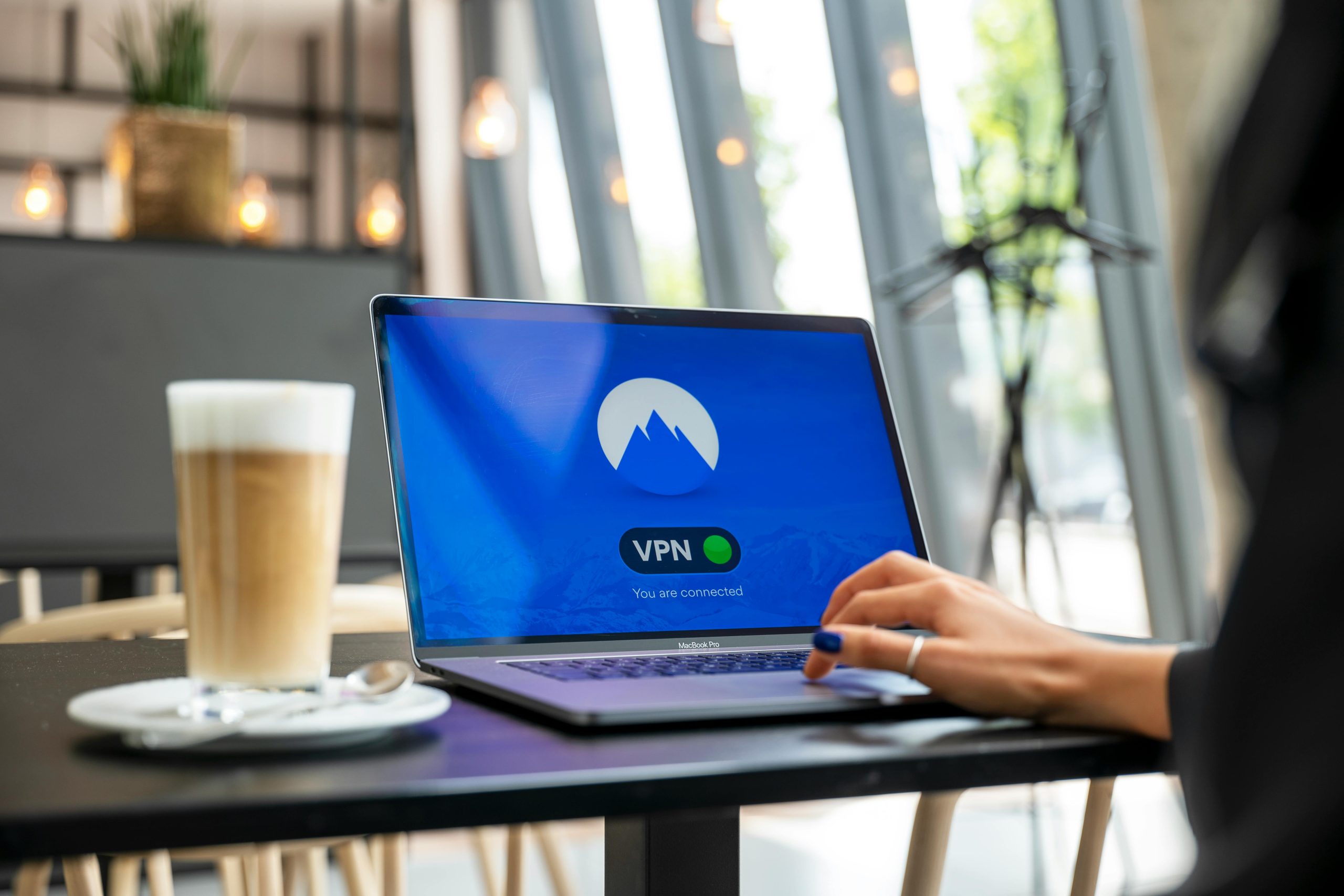Dealing with Persistent Malware: A Guide to “Trojan:HTML/CryptostealBTC”
If you find yourself facing a stubborn malware issue like the “Trojan:HTML/CryptostealBTC,” you’re certainly not alone. Many users encounter similar frustrations when traditional security tools fail to eliminate such threats. Here’s an overview of effective strategies to address this particular Trojan and protect your system.
Understanding the Threat
“Trojan:HTML/CryptostealBTC” is a type of Trojan that can pose serious risks, particularly to users who deal with cryptocurrencies. Once activated, it may attempt to steal sensitive information or compromise your personal data. Therefore, immediate action is crucial.
Step-by-Step Solutions
-
Initial Scan with Windows Defender:
Start with what you may have already tried—Windows Defender. While it’s a solid first line of defense, it occasionally misses certain threats. Make sure that your virus definitions are up-to-date before initiating the scan again. -
Using Additional Malware Tools:
You mentioned attempts with Malwarebytes and AVG, which are reputable options. If they didn’t detect the Trojan, it might be worth trying other robust antivirus programs such as Bitdefender, Kaspersky, or ESET. Be sure to scan in Safe Mode to enhance detection. -
Manual Deletion of Infected Files:
Since you pinpointed the location of the infected files (C:\users\user\appdata\local\steam\htmlcache\code cache\js\319515f339baa15f_0), you can manually navigate to this directory: - Open File Explorer and enter the path in the address bar.
-
Right-click the infected files and choose to delete them. Ensure they are not currently active or being used by any application (like Steam).
-
Checking Startup Programs:
Sometimes, persistent malware can re-infect your system upon startup. To combat this: - Open the Task Manager (Ctrl + Shift + Esc).
-
Navigate to the “Startup” tab and look for any suspicious programs that could be linked to the Trojan. Disable them if necessary.
-
Stay Vigilant with Firewall Settings:
Ensure your firewall is enabled and configured to block suspicious outgoing and incoming traffic. This adds an additional layer of security against possible data theft. -
Consult Online Communities and Forums:
If you’re still struggling, consider seeking help
Share this content:



